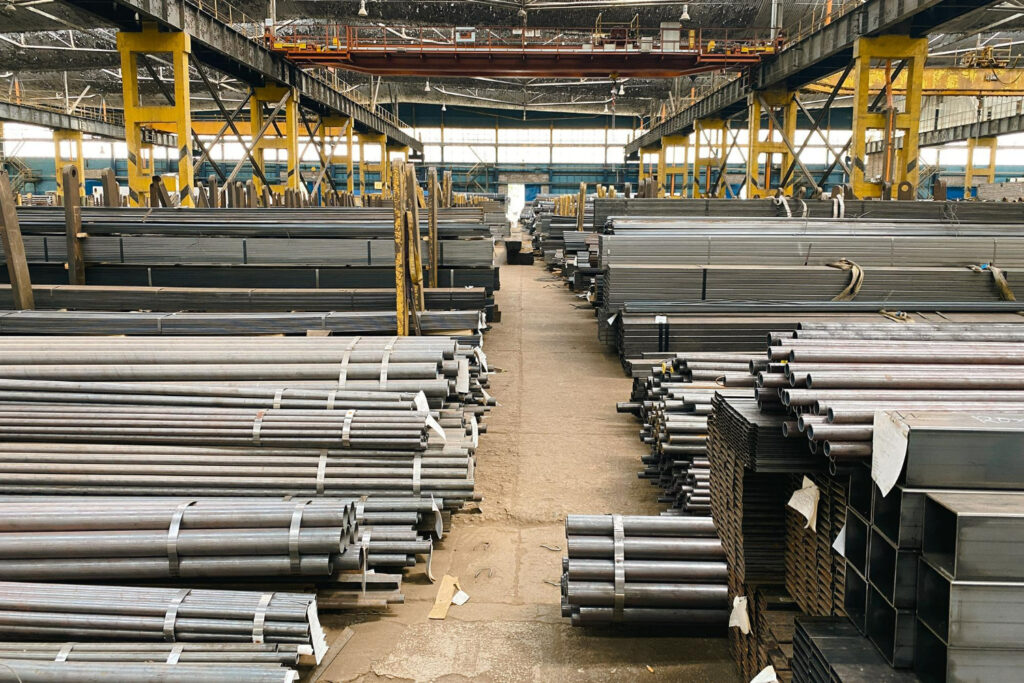Client Background: Sitarampeth Village, nestled in the buffer area of Tadoba Andhari Tiger Reserve (TATR), stands as a testament to the delicate balance between human habitation and wildlife. The region, known for its rich biodiversity, has faced challenges with human-animal conflicts, particularly incidents of tiger attacks on locals. With the village perched on the edge of the reserve, the need for a robust solution to mitigate these conflicts became imperative. Business Objective: The primary goal was to implement an effective human-animal conflict mitigation system that not only alerts authorities to animal movements near human settlements but also enhances the safety of both wildlife and the local community. The challenges included instances of tiger attacks on residents and the potential danger of encountering wildlife, especially tigers, during nightly activities. Our Solution: Virtual Wall – A Revolution in Conflict Mitigation: Our team developed the Virtual Wall, a revolutionary human-animal conflict mitigation system tailored for the specific needs of Sitarampeth Village. This system encompasses a sophisticated installation setup, featuring lights, hooters, cameras, and a comprehensive power and connectivity panel. Placed strategically at the periphery of villages, the cameras utilize AI image detection to identify the movements of various wildlife species, including tigers, leopards, bears, and elephants. Our Installation set and collaboration with the forest officials and villagers: The AI algorithms, boasting an impressive near-zero error rate, proficiently identify animals even in low-light or dark conditions. When an animal is detected, alerts and notifications are swiftly sent to relevant authorities, enabling immediate intervention. This real-time response minimizes the risk of potential mishaps and ensures the safety of both the community and wildlife. Here are some of the animal photographs taken from our cameras Outcome: The system goes beyond mere detection; it facilitates meticulous tracking and monitoring of individual tigers. By identifying specific behavioral shifts, such as the breaking of canine teeth or the onset of aging, the system predicts when a tiger might become more prone to hunting humans or livestock (such as cows and sheep). This proactive approach enables timely measures for the safety of both wildlife and communities. Since the implementation of the Virtual Wall system, the positive impact has been significant. Over 175 triggers have been sent in the past 7 months to authorities, preventing animal attacks and safeguarding the local population and livestock. Notably, there have been zero casualties reported among residents or animals. The system’s efficiency is highlighted by its quick detection time, taking only 3 seconds for the camera to identify an event, such as an animal approaching the designated area. This rapid response time is crucial in preventing potential conflicts. The predictive capabilities of our solution have proven invaluable in understanding conflict patterns and wildlife movements. In a nearby village, where human-wildlife conflicts were once a prevalent concern, approximately 10 individuals, including livestock, fell victim to tiger attacks However, post the implementation of Virtual wall, no such incidents have been reported, underscoring the system’s efficacy in fostering peaceful coexistence between humans and wildlife. The Virtual Wall has emerged as a beacon of hope for Sitarampeth Village, showcasing the potential of technology in mitigating human-animal conflicts. By seamlessly integrating AI and comprehensive monitoring systems, we have not only saved lives but also contributed to the harmonious coexistence of the local community and the magnificent wildlife in the Tadoba Andhari Tiger Reserve. The success of this project serves as a model for other regions grappling with similar challenges, offering a scalable and effective solution for human-wildlife conflict mitigation. The implementation has been well received by the locals and authorities alike. Check out our media coverage here












